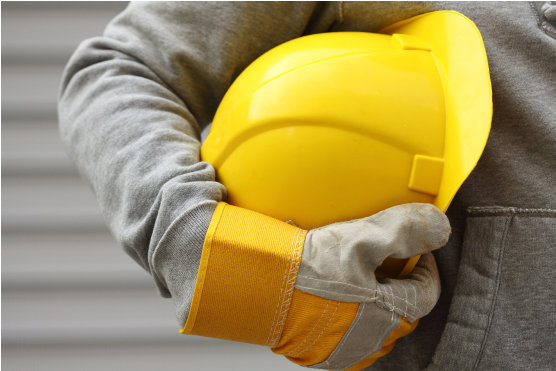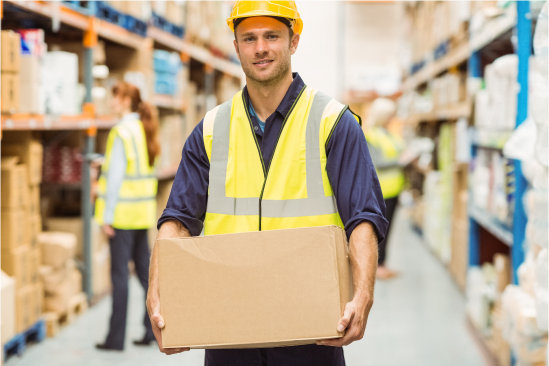Safeguarding Explained
Overview of safeguarding of children, young people and vulnerable adults. test

Safeguarding Explained
£25.00
+VAT
Not in work?
Not a Job Centre Job Seeker?
You could qualify for FREE
Government Funded training
- Earn discounts
- Receive reminders
- Keep training records
- Track progress

PayPal Buyer protectionHighfield Awarding BodyMobile device friendly content
This is a title
- item 1
- item 2
- item 3
Duration: 1 1/4hrs
Retakes: unlimited
Overview
This course is designed to provide you with a general understanding of the concept of safeguarding of vulnerable adults and children and young people.
Course synopsis
- What is safeguarding and why do we need it? - The local Boards that have been set-up to ensure effective safeguarding of children and vulnerable adults - The meaning of the term vulnerable adult and the groups who are most at risk of harm - The definition of a child or young person and the groups who are most at risk of harm - What is harm and abuse and what are the different types of abuse? - Common signs and indicators of abuse - How to respond if you suspect someone may be a victim of abuse
Course Syllabus
-
Section One - What is safeguarding and why do we need it?
Section one covers the legal aspects of safeguarding with regard to children and young people, and vulnerable adults respectively. It goes on to discuss how important safeguarding is if we are to effectively support those people who may be open to abuse or exploitation.
-
Section Two/Three - The meaning of the term "Vulnerable Adult" and the groups who are most at risk of harm/The definition of a child or young person and the groups who are in most risk of harm
Section 2 covers people aged over the age of 18 who is or may be in need of community care services by reason of mental health or other disability, age or illness, and who is or mat be unable to take care of him or herself or unable to protect him or herself from harm or exploitation/ Section 3 looks at children or young people who are under the age of 18 years old.
-
Section Four - What is harm and abuse, and what are the different types of abuse?
It is essential that you understand what constitutes harm and abuse and that you know how to recognise potential signs of these and know what you should do about it.
-
Section Five - Common signs and indicators of abuse
This section looks at when you suspect a specific incident of abuse or have an general feeling that abuse is ongoing or following a pattern you have seen or heard before, you do not ignore your instincts and you take some form of action.
-
Section Six - How to respond if you suspect someone may be a victim of abuse
If you suspect someone may be a victim of abuse of any kind, you should be able to get all the information you need from your organisations safeguarding procedures or, failing that, from the policies and procedures of either your Local Safeguarding Adults Board or Local Safeguarding Children Board, whichever is appropriate.
Obtaining your certificate
You will need to pass a multiple-choice exam at the end of the course in order to gain your accreditation. Once passed, we will send your official certificate by email.
Popular Courses

Overview
This course combines The Digital College courses "Level One Award in Health and Safety in a Construction Environment" and "Preparation for the CITB health, safety and environment test" to enable you to attain a CSCS "Green Card" as quickly as possible. This includes applying for the card on your behalf. Nothing extra to pay; all training, exam and card costs included!

Overview
This qualification is aimed at learners who currently work, or want to work, in construction and successful completion will enable you to move on to take the CITB health, safety and environment test, and then apply for the new Construction Skills Certificate Scheme (CSCS) Green Card. This card allows access to construction sites in the UK as a non-skilled worker.

Overview
Our Food Hygiene Level 2 course covers food hygiene, food hazards, food poisoning, how food becomes unsafe, personal hygiene, awareness of contamination, time and temperature factors, proper cleaning and sanitizing, premises and equipment and food handling responsibilities. This is the food hygiene level 2 course, which is perfect for anyone prepared or handling food.
